Throwback Thursday: Remembering Astronaut Ellison Onizuka
In January 1986, I was nine, a fourth grader at Hauula Elementary School, about an hour north of Honolulu. When it came to games of make-believe, I was big into Robin Hood and fairy tales. But on this particular January dayJanuary 27, mild and breezy in Hawaiiscience fiction and outer space adventures were all over the playground, and I was no exception. We were all alive with the possibility of the futureof visiting and exploring the far reaches of the universe.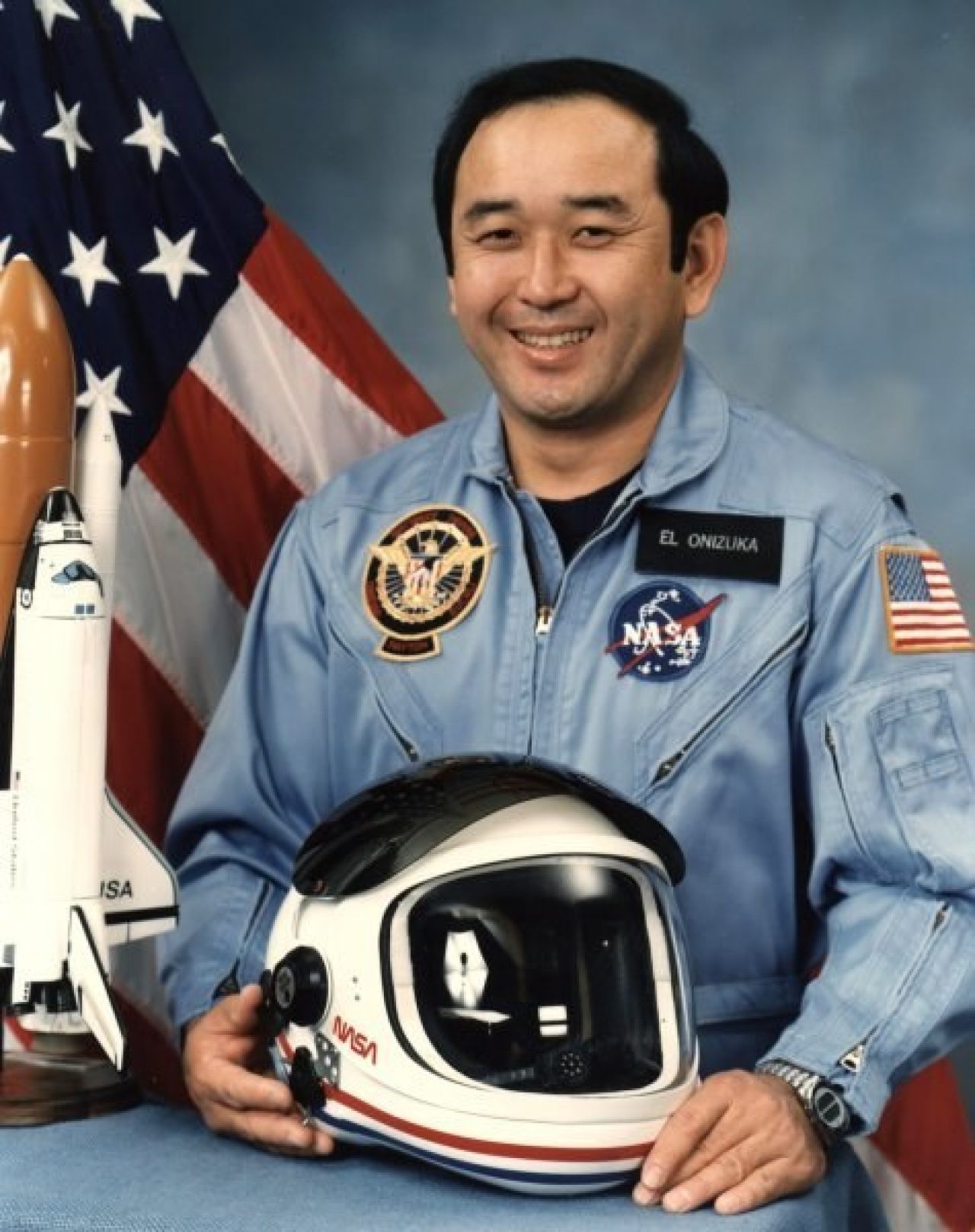
In January 1986, I was nine, a fourth grader at Hauula Elementary School, about an hour north of Honolulu. When it came to games of make-believe, I was big into Robin Hood and fairy tales. But on this particular January dayJanuary 27, mild and breezy in Hawaiiscience fiction and outer space adventures were all over the playground, and I was no exception. We were all alive with the possibility of the futureof visiting and exploring the far reaches of the universe.
A Hawaiian hero, Ellison Onizuka, was in the news that day. Of Japanese descent, Onizuka was born and raised in Kona, Hawaii before obtaining a Bachelor's and Master's in aerospace engineering from the University of Colorado at Boulder. In 1970, he began a career as a test engineer and pilot for the U.S. Air Force, and was eventually assigned to Edwards Air Force Base in California.
In 1978, Onizuka was chosen to be part of NASA's astronaut program, spending the next year in intense training. Over the next few years, he would work on several NASA teams at the Kennedy Space Center in Florida. In 1985, Onizuka was part of NASA's 15th space shuttle mission, Discovery, spending 74 hours suspended above the Earth.
When I was nine, Onizuka was an Air Force Lieutenant Colonel and a NASA astronaut. He was celebrated in the Islands, a local boy, the first Hawaiian to go into space. Also the world's first astronaut of Asian decent, Onizuka was hailed as a hero in Japan, where he would travel to lecture on the space program. Former Hawaiian Governor George Ariyoshi said of him: What impressed me most about Ellison was how he went to NASA a country boy and how he remained a country boy. And I mean country boy in the very finest sense. All the values of the community were instilled in Ellison: down-to-earth, a feeling of respect for people_ He never lost his country roots.
January 27, 1986 was a Monday. My friends and I were all excited to go to school the next day, because Ellison Onizuka was returning to space aboard the Space Shuttle Challenger. We were going to watch television in classabsolutely unheard ofbecause our local boy hero was going to be on the news. Today, with Twitter and the Internet, we live in a time of instant news; but 1986 was another story. Hawaii was five hours behind Florida, and my parents never turned on the TV before dinner. We all went about our ordinary morning tasks oblivious to what had already happened. By the time I arrived at school, the Challenger had already launchedat 11:38 a.m. EST.
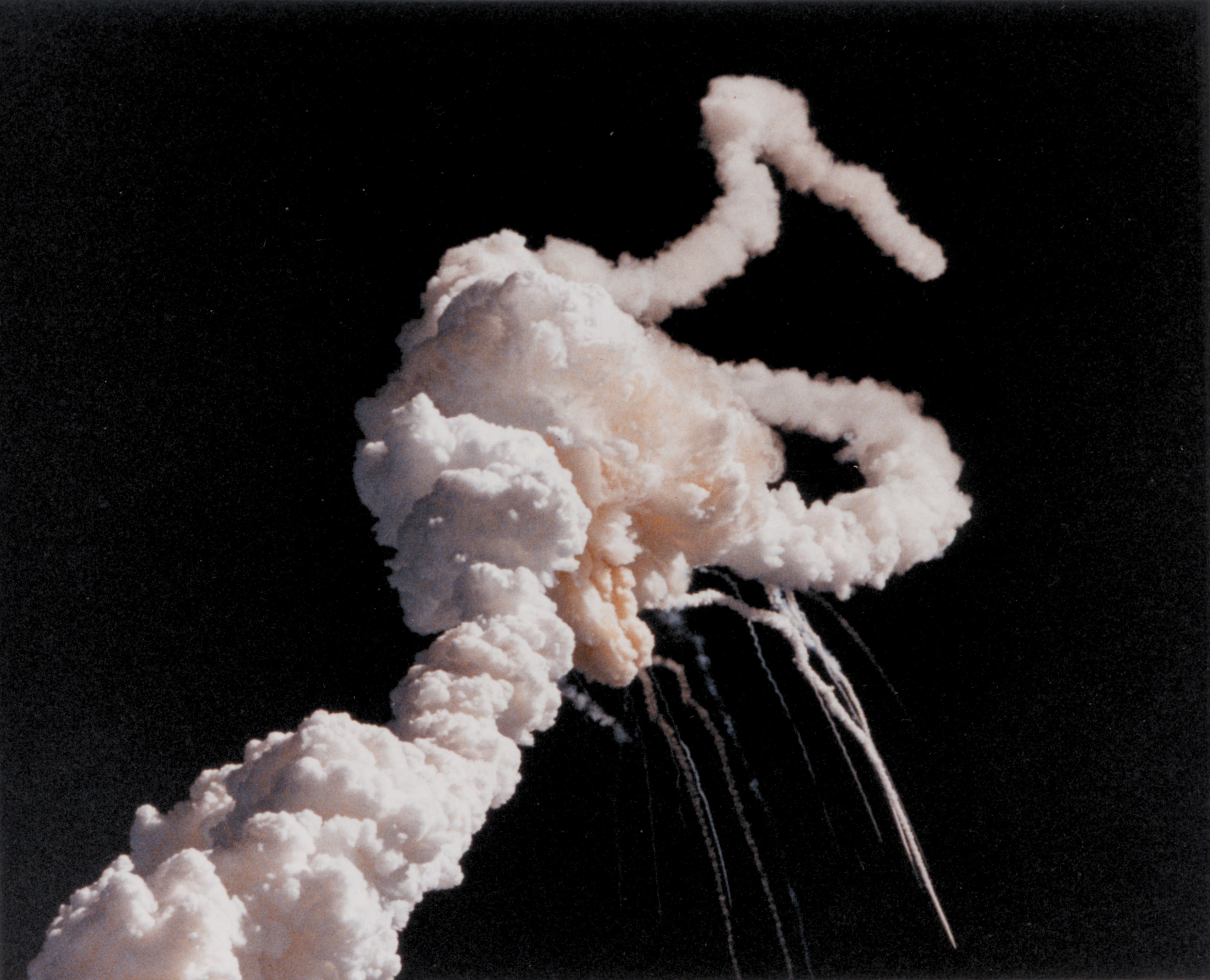
We did watch the news in our fourth grade classroom that morning, though not for the reason we were expecting. Suffering from what was later deemed an O-ring failure, the Challenger had exploded in mid-air, only seventy-three seconds after launch. Ellison Onizuka, along with a crew of six others, had died before I even woke for school.
On the Big Island of Hawaii, where Onizuka grew up, Mauna Kea stands 13,803 feet above sea level, the highest point in the Islands and one of the tallest mountains in the world. Measured from its base on the ocean floor, its height is 33,100 feetnearly twice that of Mount Everest. Its peak is often snowcappedthe Big Island is one of those rare paradises were one can indeed ski and surf in the same dayand is home to one of the most important observatories in the world: The Onizuka International Center of Astronomy, managed by the University of Hawaii.
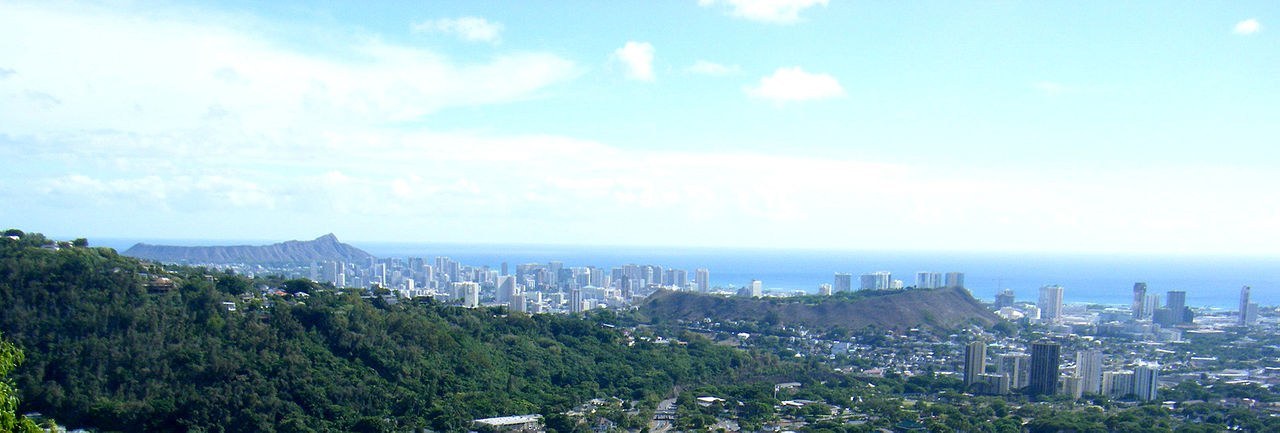 A view of Honolulu. Punchbowl Crater, location of the National Memorial Cemetery of the Pacific, is visible at center right.
A view of Honolulu. Punchbowl Crater, location of the National Memorial Cemetery of the Pacific, is visible at center right.Another mountain, an extinct volcanic crater on Oahu nicknamed the Punchbowl, is home to to Honolulu's National Memorial Cemetery of the Pacific. The crater's ancient Hawaiian name Puowaina translates to Hill of Sacrifice. There, beneath the shade of banyans and among the Japanese-American soldiers who gave their lives in World War II, Ellison Onizuka is buried. Punchbowl is the most visited cemetery in the United States, more so even than Arlington, and it's a rare day when Onizuka's modest gravesite is not adorned with a flower lei or American flag.
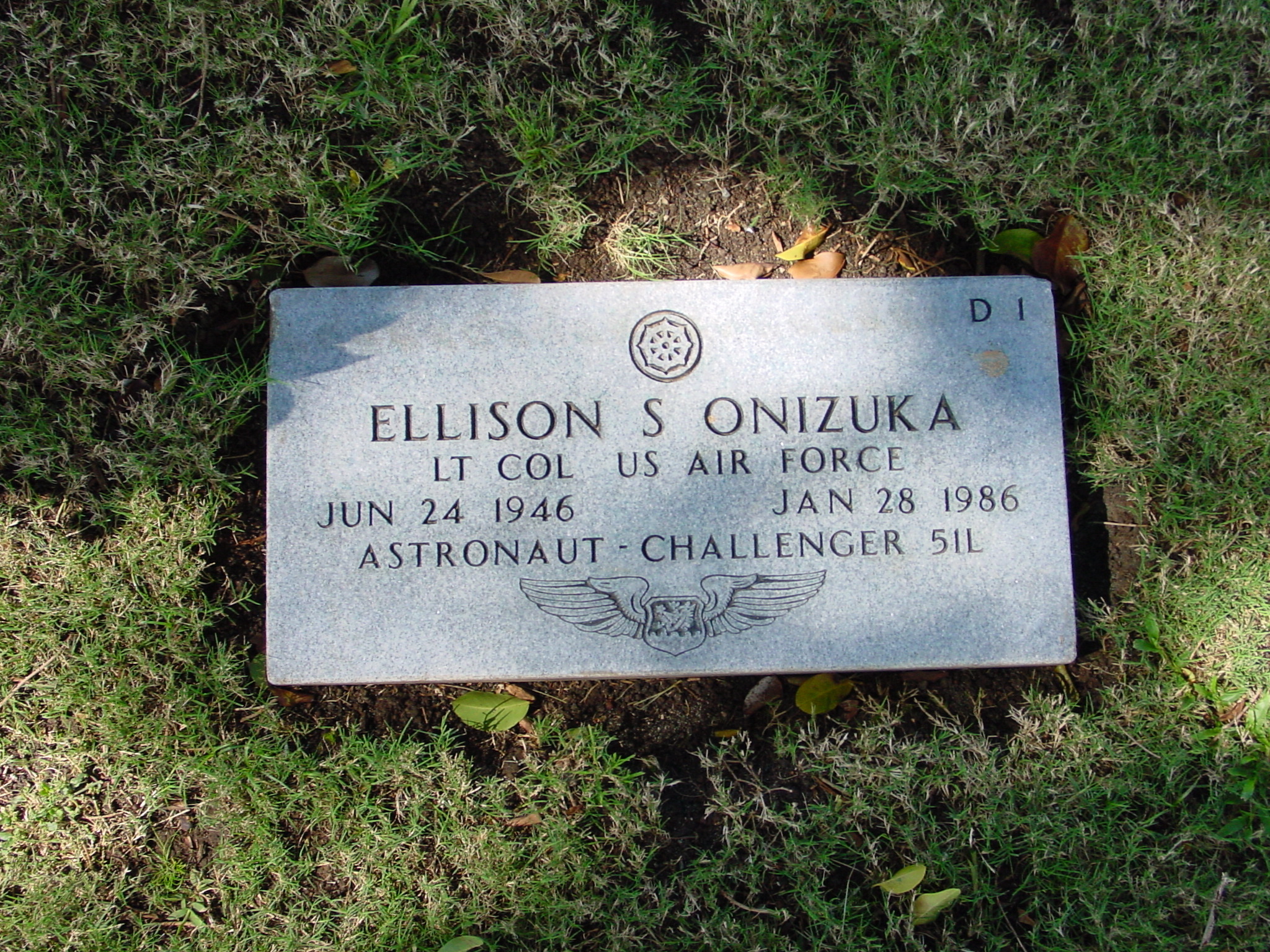
Twenty-eight years ago this week, the Challenger disaster shocked the world. Twenty-eight years. It's almost overwhelming to think what has happened in my life since then, how the world and its technology have grown and changed. That inherent desire to see beyond where we arethe urge to travel into space and the futureis only strengthened by the sacrifices and successes of those who have come before.
From a local girl, I thank you, Ellison.
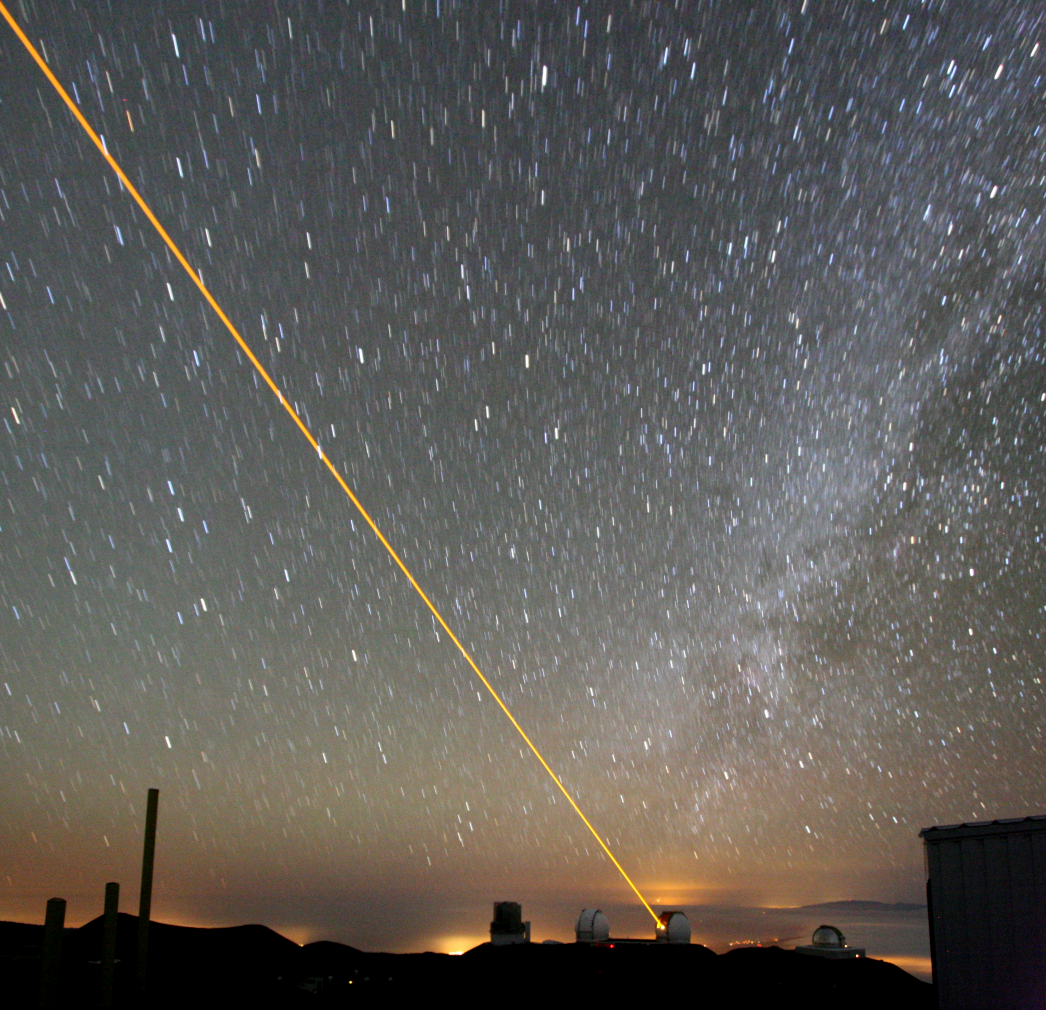

 Member Connect
Member Connect